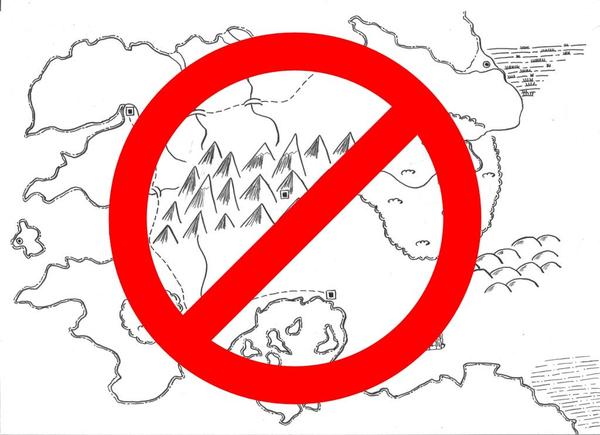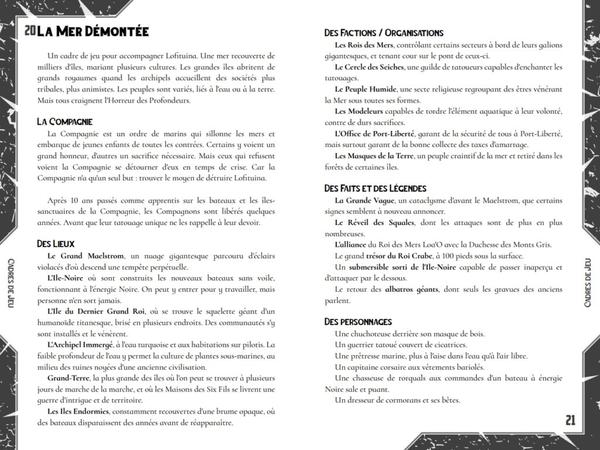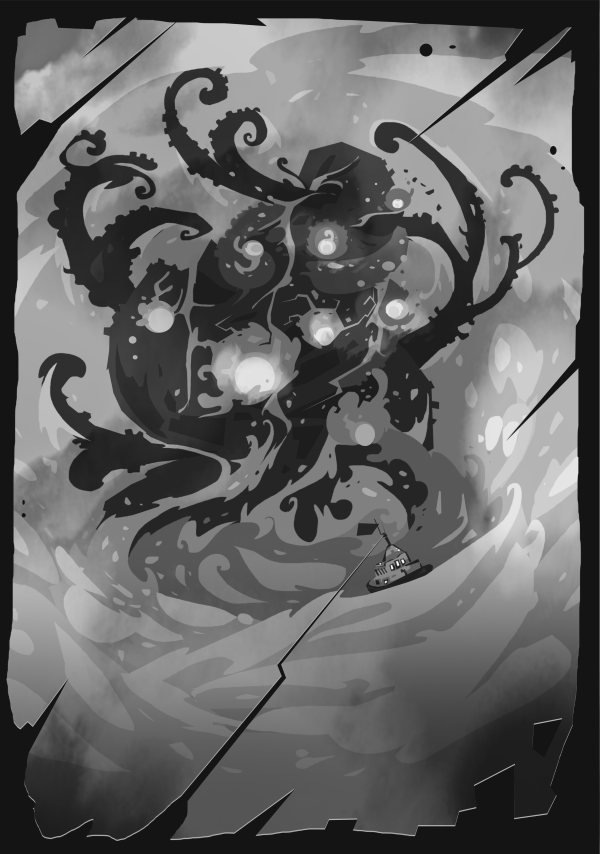The Titan's Transformation
After several tests of the game and feedback from players who tried it, Facing the Titan is starting to get fine-tuned. I had already noted some points for improvement in a previous post, but now I'm going to give a large overview of what has and will change, as well as the thoughts I've had about it.
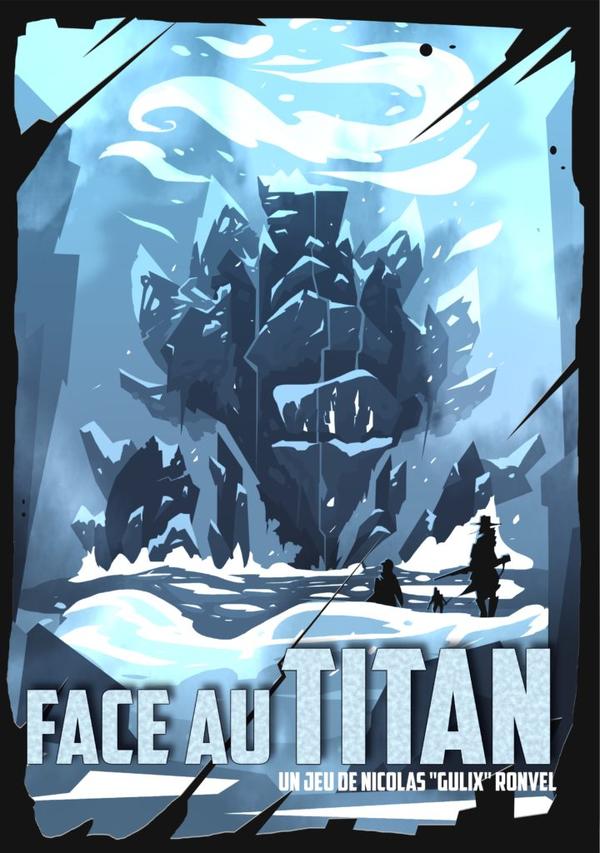
The beta rules I had posted online remain valid even if they have not been recently updated. I am currently working on another tool, but still plan to make it available once the changes are in place. Tests around the layout are also continuing, and there will be more to come very soon.
So let's take a look at the changes! Warning, it's sometimes a little messy, and it refers to the rules and is not really organized.
Setting of the Game
I have mentioned this in a previous article in french about maps. My first tests of the game started with a blank page, and some (too) generic questions to build a setting. And it didn't work: the setting was too loose, it was too much of a catch-all and there was a lack of coherence in the whole story.
So I started thinking about mini universes, one for each Titan. I used the Titans' Tones, the culture I had already associated with them through their name, and I started drawing maps. Then for each map, I looked for elements to include: Places, Factions, Events / Legends.
The first test resulted in the map being quickly put away. It was too constraining. I had already felt it when writing the settings, trying to fill the gaps of the map, to balance the information placed on it. During the test, that map was in excess. So, here comes the list of elements.
Each player, in turn, chooses an item from the first list (Places), then does the same with Factions, then Events. Conclusive test, but with too many elements (12 for a 4-player game). And what's more, there were no traces of them around the table.
The second test would be more conclusive: 3 items per list, for a total of 9 regardless of the number of players. And using index cards to record all this. The following tests will prove it: it works really well, and by leaving the map out I am more free to create these settings, and the players have more freedom to connect the chosen elements between them.
Here is a preview of the draft Setting related to Lofituina:
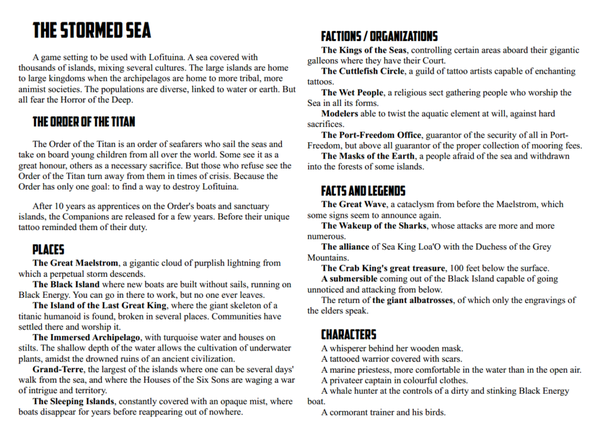
And one test of the layout with french text (used in demo):
Put some order into it
In the first version of the game, the Titan did not appear immediately, and was even randomly determined. A legacy from Sorceress Bloody Sorceress. Which was wrong. (But Sorceress is still a very good game !)
Seeing that it didn't work, I changed the start sequence of the game, and it turned out much better. The Titan being chosen in the first place, we can build the Setting on it, and the characters are much better integrated into this setting. There is less chance of obtaining an inconsistent mishmash.
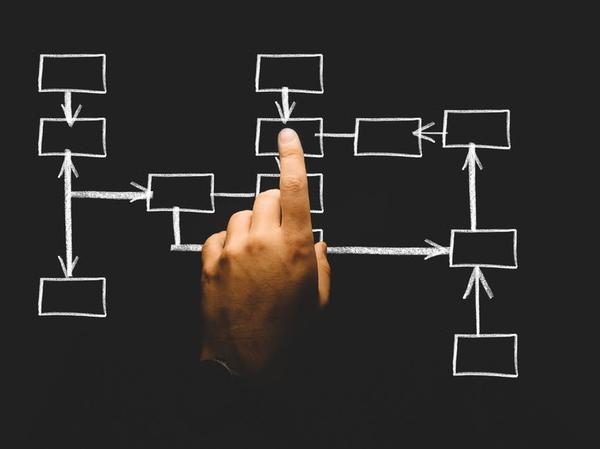 ::Following the right sequence ...
::Following the right sequence ...
Following these changes, I also redesigned the first Phase. The Reunion Site is thus established from the outset, rather than once the characters have been revealed. This allows more interesting Entrances (instead of Presentations), which use the set and play on the order of arrival, already revealing traits to the audience. It's much more natural that way.
And the first appearance of each character is richer than a simple line of dialogue without context, bringing only the name of the character. Following the latest tests, this is a welcome change!
Here comes the Company !
The first die roll of the game is used to determine which Company will be played during the game. So, to begin with, I got tangled up with the term Company, which meant both the small group of characters but also the organization to which they belong. Decision: this organization becomes the Order of the Titan.
On my first three tests, this roll was a double. So, this led to the use of a "special" Company. I had defined 6 of them: the Company, the Ultimate Company, the Company of Kings, the Forgotten Company, the Cursed Company, the Forbidden Company. Each Company being supported by a small pitch.
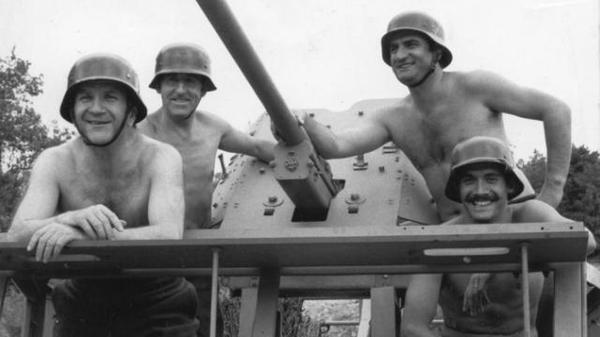 ::The 7th Company. A (glorious ?) french movie. Unrelated.
::The 7th Company. A (glorious ?) french movie. Unrelated.
It worked great, giving a specific tone to the characters' creation. And then we got an ordinary Company: the 56th Company. Then the 16th Company. And it didn't work anymore. The idea behind this numbering was to provide a background, a measure of the time since the Company has been operating. As in The WindWalkers with its 34th Horde. But in the end, it doesn't provide any information. So I reworked this aspect of the game which now only offers a short list of Companies, all named. There are still some companies with numbers, but they are rare and specific. Here is an extract from the table…
33. The Forbidden Company. Who has alienated the Order by turning away from traditions and rules.
34. The Decimated Company. There were many more of them at the time.
35. The Fake Company. Who claims to be part of the Order but is not.
36. The Forgotten Company. All traces of their existence have disappeared, and even the Order no longer believes in their existence.
44. The Bloody Company. To get what they needed, they spilled blood. Does the end justify the means?
45. The Ignored Company. In whom even the Order does not believe
This aspect of the game is very popular with players, and I have very positive feedback from this "Special Company" aspect. After all, our Company is the one that should defeat the Titan, so it should be memorable and identifiable!
The more the merrier
... or the staller ! I had misjudged it and the tests showed me that with six players, well, it won't do it. Some players will be on the sidelines for too long. Even with only 5 players, this can be borderline. So, the game will be for 3 to 5 players.
How about two? I think it can work with two people, but I'm not sure. It will have to be tested. For one player… well… a solo mode in Stretch Goal, that might do it, right? Because I started it… no! I'll talk about it later! Let's move on to the next item that is related.
The distribution of speech
In the first draft of the rules, the speaking time is codified. Too much maybe. And even if I specify that players can interrupt others, that this is an active discussion, in fact, the one who rolls the dice speaks, the others remain silent. And with 5 players, you can be quiet for a long time.
I will try a more open variant, to force a more lively discussion. The dice and their use remain the same, but they will be in the middle of the table, and it will be possible to take them to force a change in the discussion. The objective here is to boost Phases 1, 3 and 4, which I would like to see as a discussion during a vigil.
The structure is already written, but I'll still need a test or two to verify the process. And with that, I'm going to see to it that the Titan Phase is also redefined.
The Titan in a few Vignettes
The Titan Phase is a little different from the rest of the game, because it doesn't put the characters at the center of the story. The Titan is described in impersonal vignettes, in the manner of a film montage.
But I have included in the rules a question, which the next player can ask the one who just produced the vignette. A question asked from character to character. And it doesn't work very well. This change of focus usually leads to confusion. The player who has just asked a question remains "in his character" and evokes the vignette through his character. But that's not what I want. The characters are supposed to know the Titan, and there is no reason for them to exchange these vignettes with each other.
I will rework this Phase to propose it only in "out of character" mode. The questions will be optional, and will be "meta", in the sense that they will involve the players and not the characters. The objective of this Phase is to discover the Titan through another lens.
And without transition ...
In the first version of the rules, the Phases stopped abruptly when the fourth Motif was written. Another borrow from the game's origins: Swords Without Master but especially Sorceress Bloody Sorceress. As a result, during the first games: we refrained from writing the fourth Motif because we wanted to continue a bit, at the risk of losing a very interesting one. Or on the contrary, we abruptly ended Phases, leaving some players frustrated. The game was short, nervous, but lacked substance.
So I thought about this problem, and a first correction was to modify the condition of the end of a Phase. Instead of stopping it abruptly, it is up to a player to signal the end of a Phase when he receives the dice, if all four Motifs have been filled in. This allows the Phase to continue when it is desired. However, the interruption between each Phase was still too artificial.
So I made the Transitions. This is a very specific Vignette, focused, used to take the story to the next Phase. It allows the Phases to be linked to each other. For example, when the Companions Phase ends:
Transition to the Titan Phase. Tell a Vignette starting from the group of Companions and presenting the nearby location where the Titan is located. Show it quickly. Is he aware of the presence of the Companions? What does he do? Tell this Vignette as if it were a movie tracking shot, zooming out to the Titan. Then start the new Phase.

These Transitions are very successful and sometimes lead to very strong and important scenes for the rest of the story.
Uno ! Dos ! Tres ! Echoes !!!
We will conclude this overview of the changes with the Echoes. While my first version (never tested) was really convoluted, I started with redundant Echoes from Phase to Phase: 2 in Titan Phase, 2 in World, 2 in Preparations, then 4 in Clash.
It was pretty much working. But the Titan Phase was sometimes complicated, especially to find this second Echo, according to what had been written during the first Phase. One of the testers suggested that I test 1, then 2 and then 3 Echoes, to naturally come up with 4 Echoes on the Clash Phase. I tested… and endorsed! For players who are new to the system, the Echoes system is easier to understand.
Moreover, it gives a funnel effect to the game that is not unpleasant. The Preparation Phase, by requiring 3 Echoes, relies a lot on what has already been told, and that is what I was looking for with these Echoes. A tested and approved modification.
What's next !

I still have a few things to test, but I see the end of the tunnel. I took over the drafting of the rules to bring everything I mentioned here into focus, and I continued the work on the layout. I am also working on the campaign presentation, which should arrive in 2D6 weeks.
In the meantime, I will continue to present some tips of the game, focusing on some aspects. A little bit of communication. I will continue to do tests in my area. And of course there is the translation part, and the proof-reading part.
Thank you for reading me, and feel free to talk about the game around you! And ask questions if you need answers!
